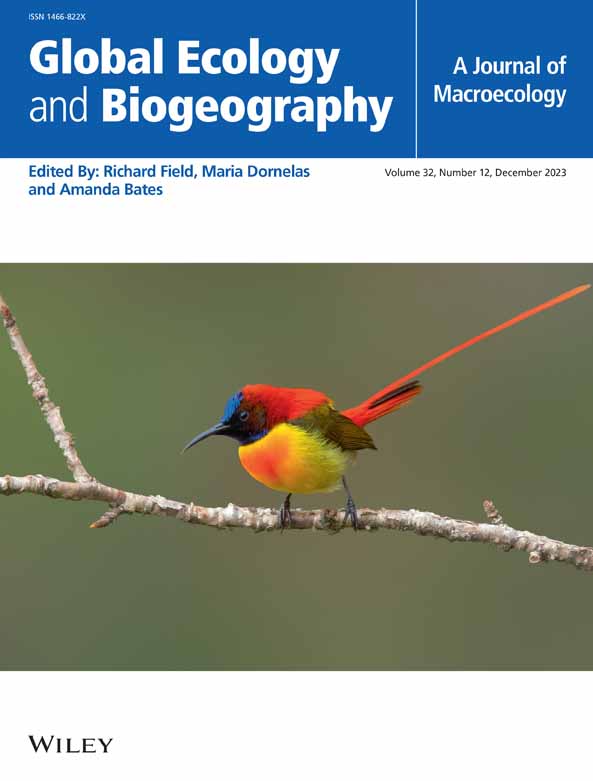Interplay of Genotypic and Thermal Effects on Sex Determination Shapes Climatic Distribution in Herpetofauna
Abstract
Aim
Sex is a fundamental trait of many organisms, and sex-determination systems are diverse across the tree of life. Environmental temperature can influence sexual development not only in temperature-dependent sex-determination systems, but also in species with genotypic sex determination (GSD). Temperature-induced sex reversal, resulting from combined effects of GSD and environmental temperatures, may greatly affect population dynamics and extinction risk. However, the scarcity of research on sex reversal has constrained the assessment of its evolutionary-ecological significance. We assessed if climatic distribution differs between female-heterogametic (ZW/ZZ) and male-heterogametic (XX/XY) species in herpetofauna when taking into account thermal reaction norms (TRN; i.e., how temperature affects progeny sex ratio), as suggested by the ‘asymmetrical sex reversal’ theory.
Location
Global.
Time Period
1970–2000.
Major Taxa Studied
Amphibia, Reptilia.
Methods
For all extant species where information was available, we collected data on their types of heterogamety and TRN from the HerpSexDet database, and on various aspects of temperature across their native distribution range from the WorldClim database. We used phylogenetic generalised least squares to compare environmental temperatures between XX/XY and ZZ/ZW systems within each type of TRN.
Results
Climatic distribution of extant species is explained by the combination of their sex-chromosome system and the shape of their TRN across amphibians and in infraorder Gekkota among reptiles. In these taxa, directions of the climatic differences conform to the ‘asymmetrical sex reversal’ theory.
Main Conclusions
Our results underscore the importance of temperature-induced sex reversal in phylogeography, evolution, and species conservation under climate change, and highlight the need for more empirical research on sex reversal in nature.


 求助内容:
求助内容: 应助结果提醒方式:
应助结果提醒方式:


